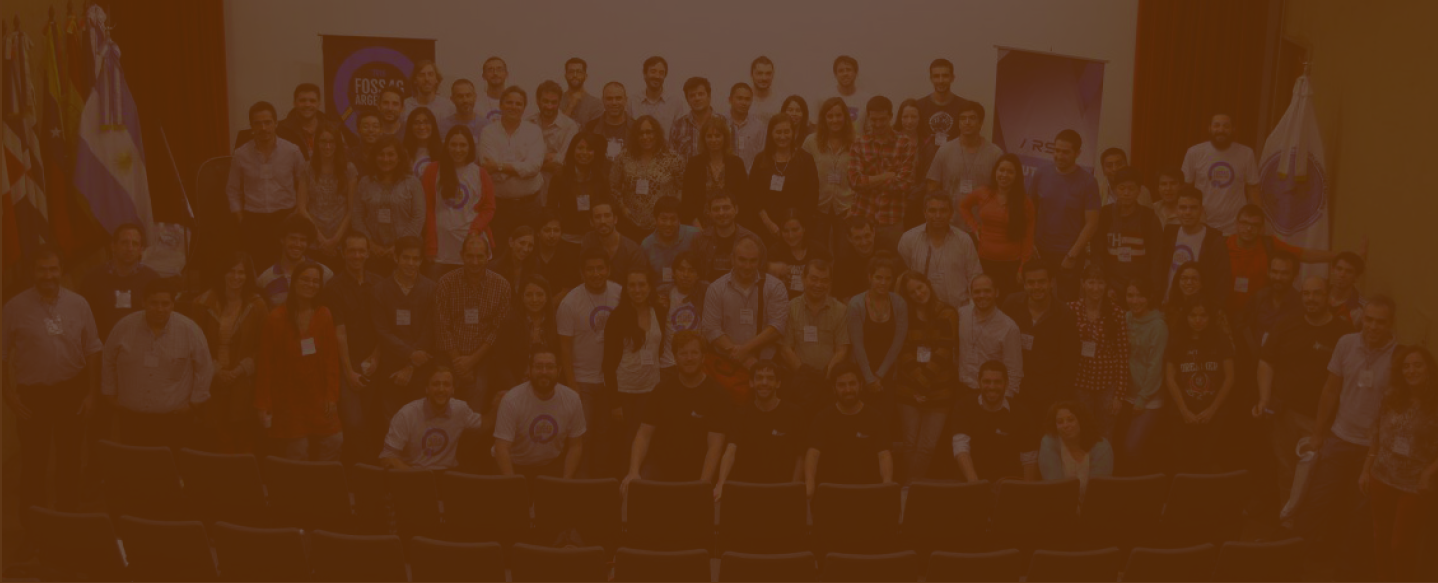2021-09-29, 16:30–17:00, Buenos Aires
QField is the mobile data collection app for QGIS with more than 100K active monthly users and well over 350K downloads.
Discover what it has to offer and how, thanks to seamless synchronisation with QFieldCloud, it can help make your teams' fieldwork sessions pleasant and efficient.
QField combines a minimal design with sophisticated technology that allows intuitive viewing and editing of data. QField’s map display is powered by the QGIS rendering engine, so the results are identical and come with the full range of styling possibilities available on the desktop. Editing forms on QField respect the QGIS configuration and are optimised for touch interaction.
QField works with QGIS allowing users to set up maps and forms in QGIS on their workstation, and deploy those in the field. Leveraging QGIS' data providers - OGR, GDAL, PostGIS, and more - QField supports most current file formats.
And if you just want quickly to check that dataset that was sent to you, QField will seamlessly open it adding a basemap for your convenience.
QGIS is efficient and comfortable in everyday office life. However, data collection often begins on the field. Whether in shiver or sunshine, working outdoors requires a solution that is optimized for mobile devices. QField [1] is the perfect companion of QGIS. The off-the-shelf application allows intuitive viewing and editing of data. With a slick user interface, QField allows using QGIS projects on tablets and mobiles. QField’s map display is powered by the QGIS rendering engine, so the results are identical and come with the full range of styling possibilities available on the desktop. Editing forms on QField respect the QGIS configuration and are optimised for touch interaction.
The seamless cloud integration QFieldCloud allows on- and offline hybrid fieldwork as well as team management with granular user permissions.
Features such as advanced topological editing, QML widgets, external GNSS connectivity or camera integration make QField a powerful tool for those who need to edit on the go and would like to avoid standing in the field with a laptop or paper charts. For cases where an off-the-shelf solution is not enough, the core components of QField have been extracted into a framework called QgisQuick. While QField covers the majority of use cases as an off-the-shelf solution, this framework can be used for custom development to meet specific requirements and workflows. QField, like QGIS, is an open-source project [2]. Everyone is welcome to contribute to making the product even better - whether it is with financial support, enthusiastic programming or visionary ideas.
[1] http://www.qfield.org
[2] https://github.com/opengisch/QField
David Signer OPENGIS.ch
Marco Bernasocchi OPENGIS.ch
Software
Topic –Software status / state of the art
Level –1 - Principiants. No required specific knowledge is needed.
Language of the Presentation –English
I'm an open-source advocate currently serving as QGIS.org chairman, consultant, teacher and developer.
I work as director of OPENGIS.ch which I founded in 2011. At OPENGIS.ch LLC we (12 superstar devs and myself) develop, train and consult our client on any aspect related to QGIS
I am a software engineer and QField coordinator at OPENGIS.ch, where I am mainly active in programming and conception of QField, QGIS (core-comitter) and QGIS Python plugins, but also in teaching and consulting customers.

